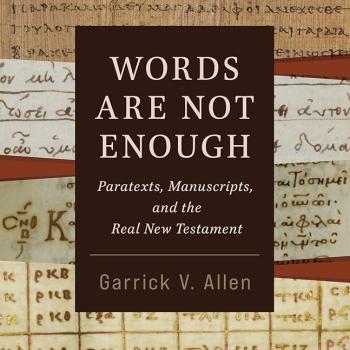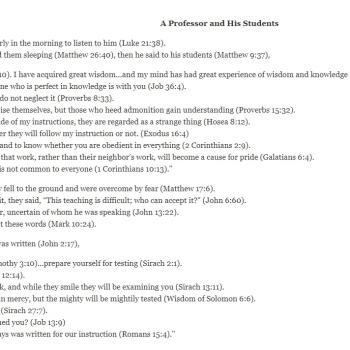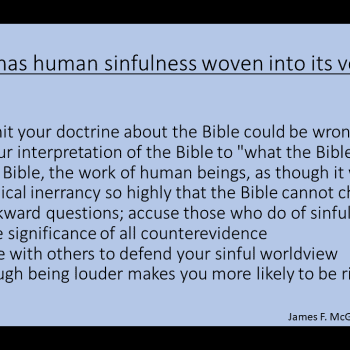VinnyJH asked in a recent comment a question that I too have often asked:
I’ve often wondered how someone who believes that God designed everything goes about distinguishing the characteristics of a thing that is designed from those of a thing that isn’t. If there are no undesigned things, how do you determine that any criteria can successfully make the distinction?
Proponents of Intelligent Design argue that, in the genome, we see evidence of a Designer who created complex specified information. But most of them claim to be theists, and even Christians. Yet the God who is spoken of as Creator in the Bible is responsible for the making of mountains and seas, and not just life forms.
Here is what I wrote in a post about Michael Behe back in 2007:
I still remain persuaded that the mainstream of Intelligent Design (there may be exceptions) is incompatible with the Christian faith. For instance, Michael Behe in his recent book compared Mount Rushmore to another mountain and said that the difference is that the former is designed but the latter is not. This, it seems to me, shows precisely the problem with the typical ID argument. According to Psalm 95:4-5 God is the one whose “hand holds the depths of the earth; who owns the tops of the mountains. The sea and dry land belong to God, who made them, formed them by hand.” According to this psalm, the mountains are a divine creation, and not just the parts of biological organisms that seem to some to defy explanation. To put it another way, Intelligent Design doesn’t seem able to do justice to the Bible’s viewpoint that God’s creation looks like Mount Everest rather than like the sculpted Mount Rushmore.
I followed up with another post on the topic the following month.
What do you think? Is the argument of Intelligent Design, which treats some subset of creation as the work of a Designer, incompatible with Christian theism?












